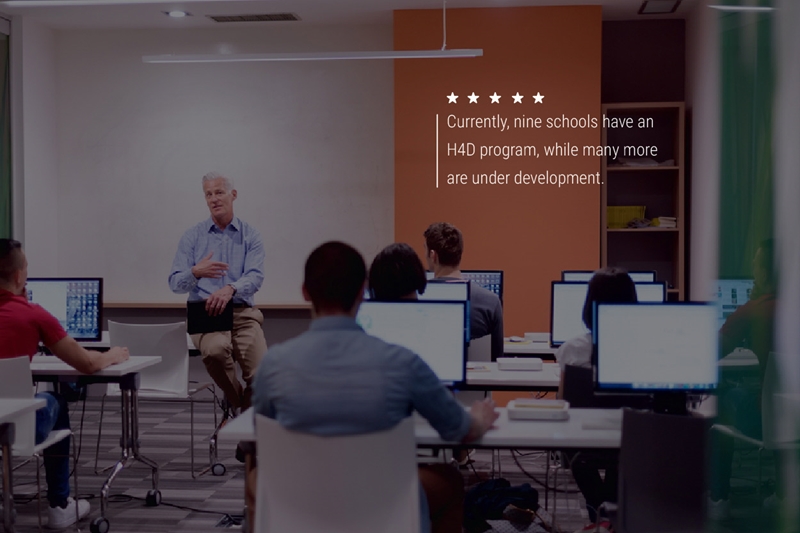Startups created by young entrepreneurs are solving some of the world's most complex issues. These fledgling companies have brought innovative thinking and methods to financial technology, health care, city planning and many other industries. As such, it's only natural that the Department of Defense would start to show interest. If the initial developments from Hacking for Defense are anything to go by, that interest will lead to positive results.
Enterprising students solve DOD issues
The Hacking for Defense program, commonly referred to as H4D, first began as a 10-week pilot course in 2016 at Stanford University. It has since spread to a total of nine colleges nationwide, including:
- Stanford University
- Georgetown University
- Columbia University
- The University of Southern California
- The University of California at San Diego
- Boise State
- The University of Pittsburgh
- James Madison University
- The University of Southern Mississippi
Several other schools are currently developing the program within their own institutions, Wired reported. H4D was started by Steve Blank, creator of the Lean Startup movement, and two retired Army colonels: Joe Felter and Peter Newell. The program's goal is to help students learn entrepreneurship skills while solving complex military problems and engaging in public service.
H4D connects teams of students with sponsors inside the DOD and intelligence communities, including the CIA, the National Security Agency and others. The students get real-world experience solving problems as a startup would, while sponsors get answers to their most troublesome dilemmas and, as an extra bonus, learn Lean Startup methodology.
One such hurdle, Wired detailed, was inefficiencies in evaluating prospective Navy SEALS. Students were tasked with making the process less time consuming, and part of their research involved going through recruit training in Coronado, California. Ultimately, the group of four created an app that streamlined recruit assessments.

Benefiting students and military
H4D grants students the opportunity to work on stimulating projects with real-life results before they graduate. They become a part of something bigger than themselves while preparing for work in a field that will be endlessly stimulating.
"The U.S. government doesn't have dog-friendly offices or competitive pay, but they have an endless list of interesting problems that no tech company can match," program co-creator Blank said to Bloomberg.
As Bloomberg noted, technology is quickly becoming one of the primary weapons used by adversaries of the U.S. There's no doubt the military and DOD will want the country's best and brightest working on these threats.
That said, students who participate in H4D aren't required to work for the government after graduating. They're free to seek jobs at Facebook, Google or any other tech industry leader or startup if they choose. Additionally, according to Voice of America, H4D attracts a number of international students.
"I was surprised by the number of foreign students from Singapore, China and India who were just interested in learning the same methodology and take it home from wherever they are," Blank told the news publication.
Meanwhile, sponsors are introduced to some of the latest innovations in technology and problem solving. The military lags behind most industries in these areas yet arguably needs them most. For example, one H4D team introduced wearable tech to improve casualty care triage. According to an article from the U.S. Army, the students created sensors that automatically collect and transmit data while the patient is on the battlefield, allowing doctors and nurses to more efficiently prioritize.
While the long-term effects of H4D remain to be seen, the short-term evidence is incredibly promising. The program will likely continue spreading to more schools and attracting an even greater number of students.

